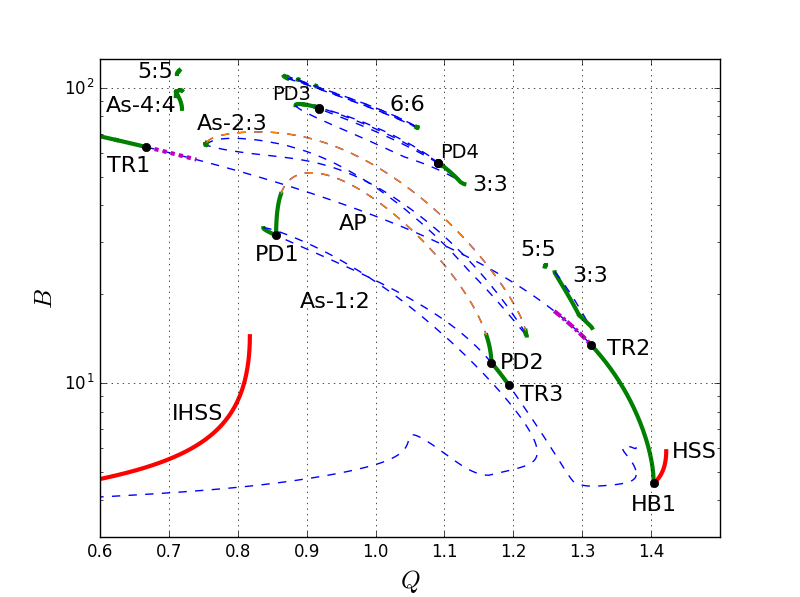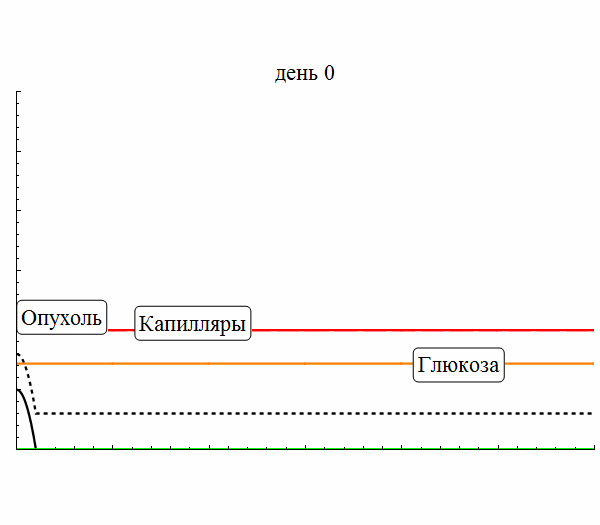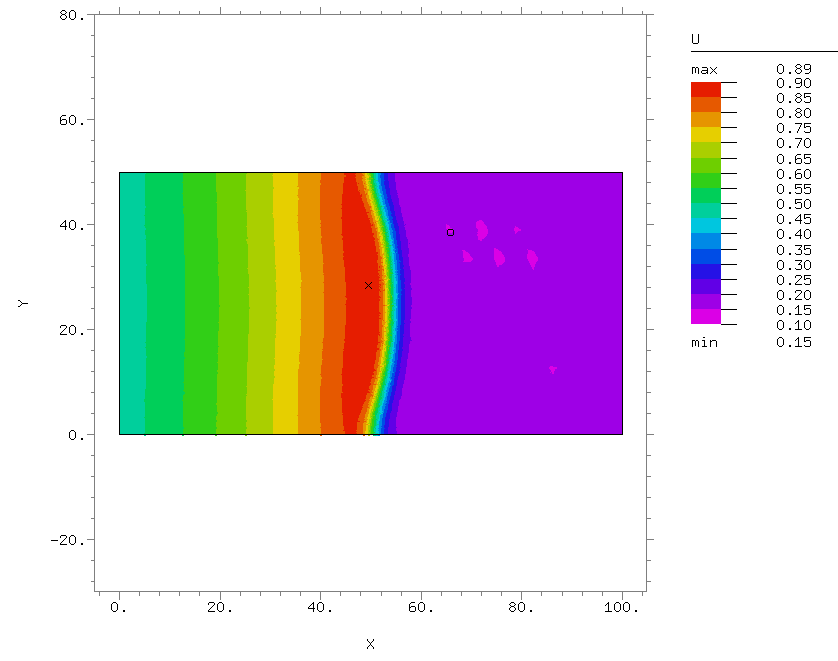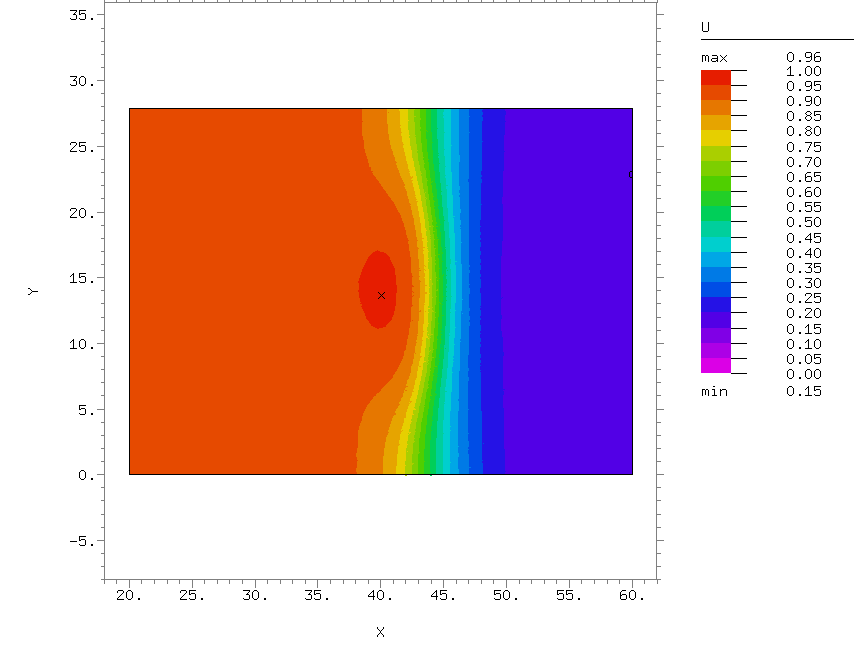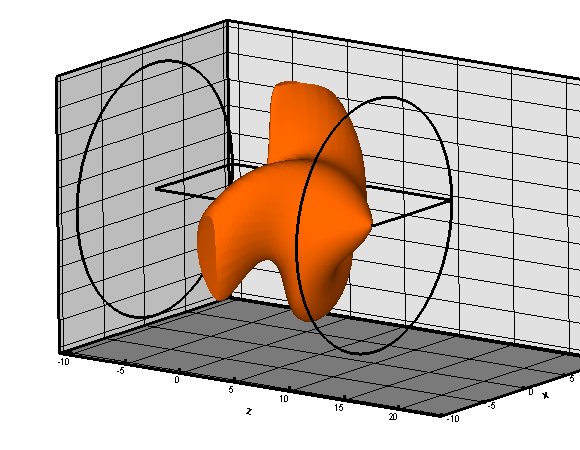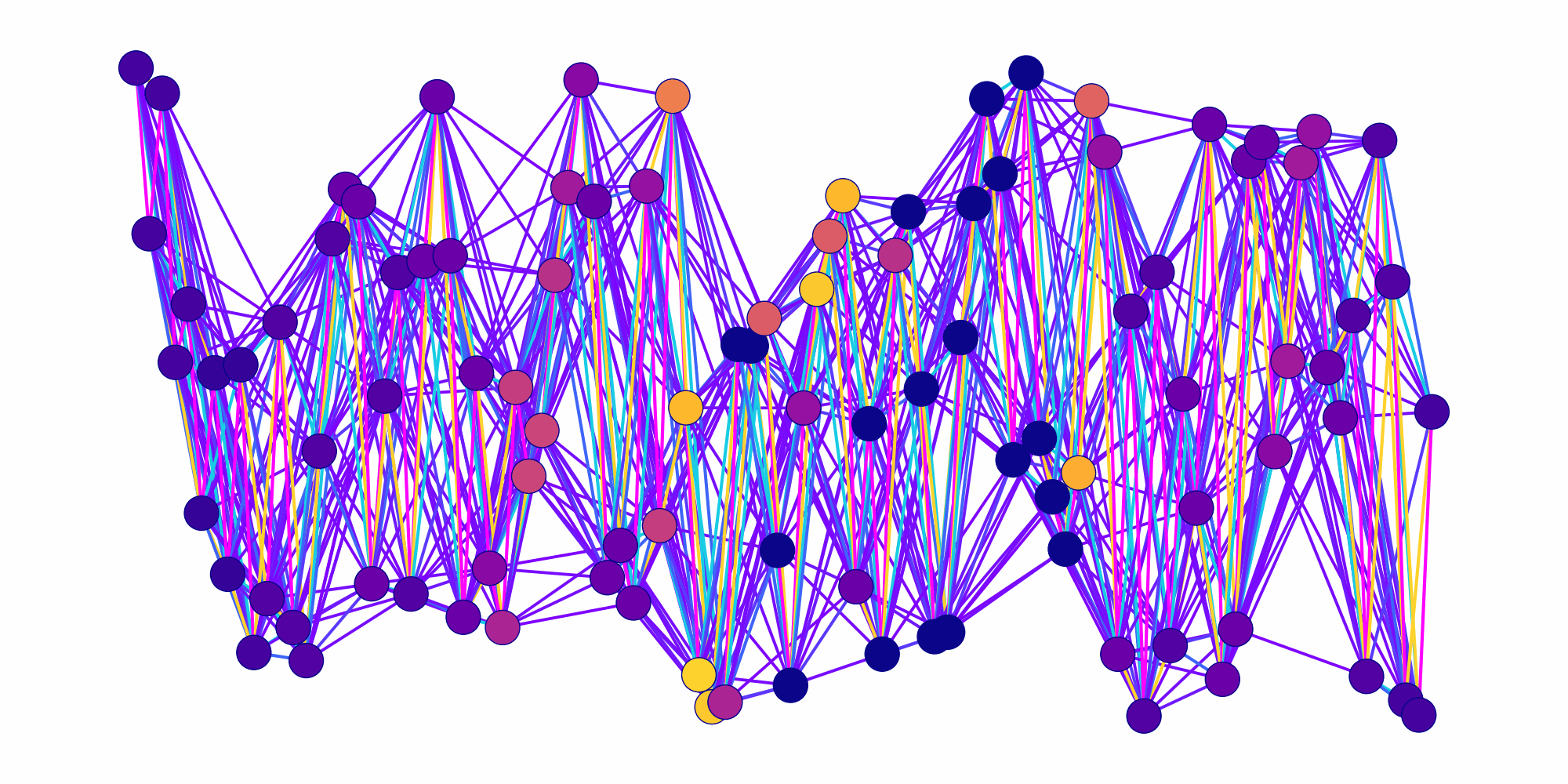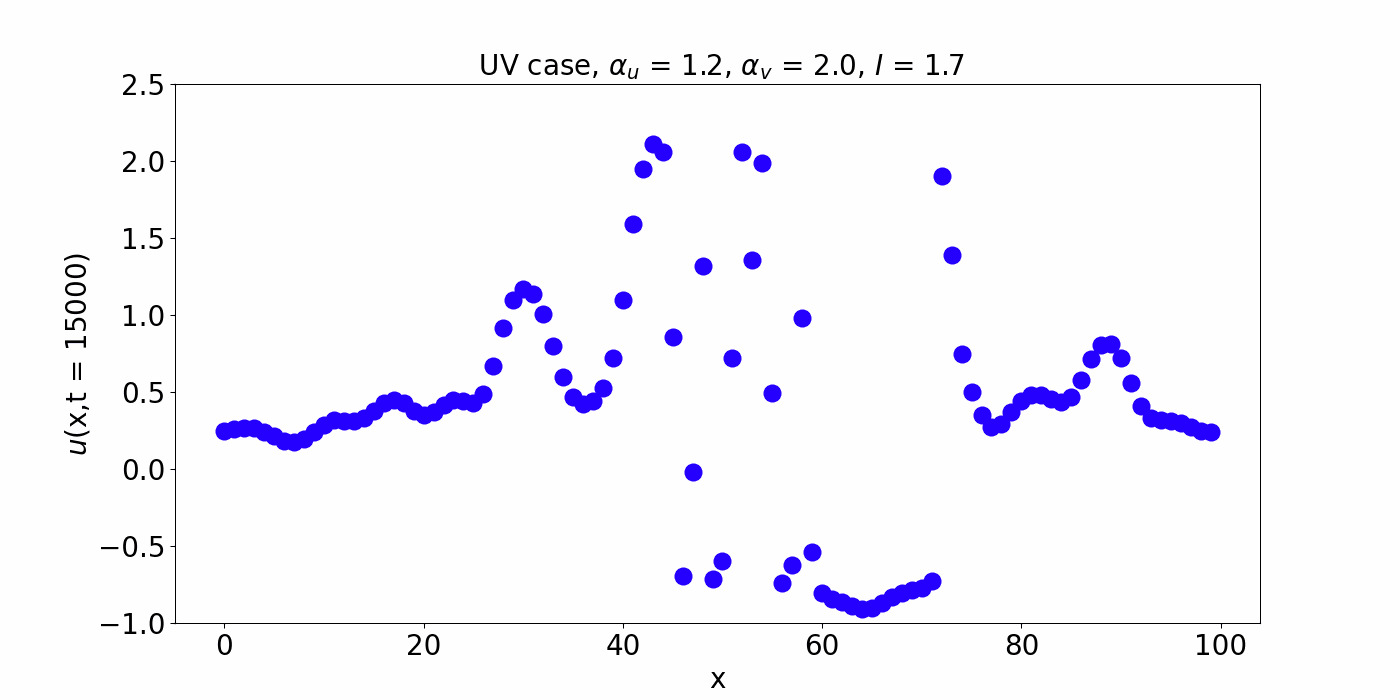Research Interests
- Waves in chemical reactions
- Dynamics of ensembles of coupled oscillators
- Modeling tumor growth
- Dynamics and structure of combustion waves
- Partial synchronization in neural networks
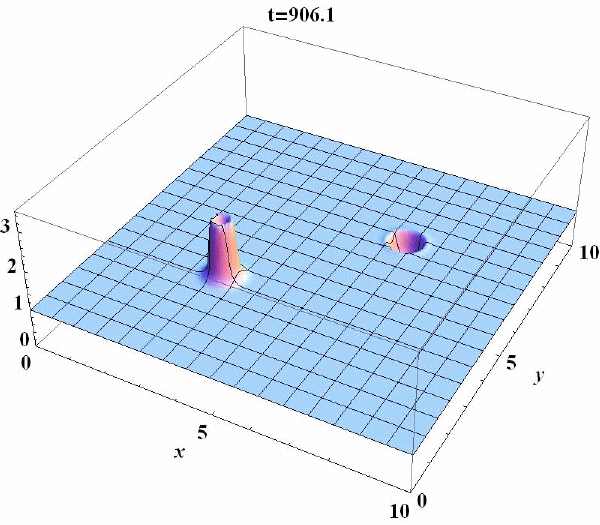
Mechanisms of spatio-temporal self-organization in chemical systems
Self-organization phenomena, i.e. transition of the system to a different, as a rule, more ordered state, are observed in systems of a different nature: physical chemical, biological. An essential property of such systems is that they are open and far from the state of thermodynamic equilibrium. This is precisely the prerequisite for the appearance in them of various nontrivial space-time regimes. The system can self-organize itself in time: for example, it changes from stationary to oscillatory mode, and in space: in particular, it can go from spatially homogeneous to an inhomogeneous steady state, or in it various autowave regimes can arise. Often, the emergence of dynamic chaos is also attributed to self-organization phenomena.
Essentially, all the activities of our laboratory lie in the mainstream of studies of self-organization in various systems. At the same time, it is necessary to emphasize the direction connected with the study of spatio-temporal self-organization in chemical systems. This is due to the fact that, on the one hand, there are a number of chemical reactions to date that demonstrate complex spatio-temporal behavior in experiments (a clear example is the Belousov-Zhabotinsky reaction), and on the other, because of their relative simplicity (compared to biological systems) they allow a correct study of the corresponding mechanisms of self-organization with the help of mathematical models.
Specific tasks that are solved within the framework of this direction is the study of the mechanisms of origin complex space-time regimes observed in experiments with the Belousov-Zhabotinsky reaction, which takes place, in particular, in the water-oil microemulsion, as well as the mechanisms of the appearance of structures on the moving front of the reaction, for example, on the front of the combustion wave.
Members
Gubernov V.V. – Leading Researcher
Kolobov A.V. – Senior Researcher
Polezhaev А.А. – Chief Researcher, Head of Laboratory
Fateev I.S. – Researcher
Yakupov E.O. – Researcher
About us
In 1972, in the Department of Theoretical Physics of the Lebedev Physical Institute, the Sector for Theoretical Biophysics Problems was formed on the initiative of D.S.Chernavsky and with the support of the head of the OTF Academician V.L. Ginzburg. Initially, the Sector was engaged in the research of biological systems, in particular, the problem of the appearance of biological rhythms, the study of possible mechanisms of biological self-organization, the mechanism of charge transfer in biological macromolecules, and the mechanism of the functioning of enzymes. In the future, the range of tasks to be solved has expanded considerably and has gone beyond purely biological ones. A number of important results have been obtained, both of a general nature, concerning the fundamental mechanisms of spatio-temporal self-organization in open nonequilibrium systems and relating to specific systems of a different nature: physical, chemical, biological.
In 2015, the Sector was transformed into a Laboratory nonlinear dynamics and theoretical biophysics. The main area of work is the study of the mechanisms of formation of space-time structures in nonlinear dissipative dynamical systems. Within the framework of this direction, fundamental problems of self-organization are being solved, and mathematical models that describe specific systems are being developed. In particular, recently, the objects of the theoretical study of the Laboratory were complex spatio-temporal regimes experimentally observed in chemical reactions, such as the Belousov-Zhabotinsky reaction, as well as on the propagating combustion front, the growth and progression of the malignant tumor, taking into account its interaction with surrounding tissues and with blood vessels, complex autooscillatory regimes, including dynamic chaos, in ensembles of coupled oscillators.
